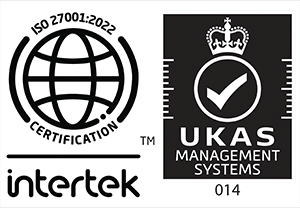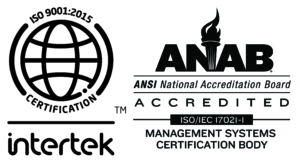We call them Monitoring Technicians…
The point of an LDAR program is to monitor LDAR components: to determine whether or not they are leaking according to the process mandated by Method 21. That involves VOC detectors (such as the TVA-1000B and phx21), LDAR software, LDAR dataloggers and, more and more, LDAR Bluetooth adapters. At the heart of all of these LDAR instruments is the technician who relies on them to accomplish his, or her, monitoring activities. We call these folks LDAR Monitoring Technicians.
The vast majority of the expense of any LDAR program is the cost of providing training, payroll and benefits to these monitoring technicians. Unfortunately, the closer we look at the actual work day and practice of these technicians, the clearer that we can see how it might be more a little too hopeful to call them “monitoring technicians.”
Take a look at the technician’s typical day. (I realize that no day is typical because no plant and program dynamics are identical. But it is helpful to think, at least, about the nuances of what we are determined to call a “monitoring day.”)
Assume he works a 10 hour day. That’s 600 minutes. We assume a 15-minute break in the morning and a 15-minute break in the afternoon. But it takes the technician 5 minutes to get from the process unit (where he is monitoring) to the break area. And then 5 minutes to get back. This adds 10 minutes in the morning and then 10 minutes in the afternoon. That’s 50 minutes out, we are down to 550.
Many programs allow 30 minutes for lunch, with 15 minutes before and after to leave the process unit and then get back to it. There goes another 60 minutes, leaving 490.
The Tech’s payroll start time is 6:00. How long does it take him to get to his first component? Assuming that someone else has already calibrated his VOC analyzer. He has to get his handheld, assemble his gear, do a quick check on his equipment, meet with this Field Supervisor, perhaps there is a safety meeting, confirm his assignment, travel to the unit where he is assigned, secure a safe work permit, determine what his first component is and then find it. Rarely have we seen programs where the expectation is that this can routinely be done in less than 60 minutes. So our First Component Success target is set at 7:00am and the 490 is now reduced to 430 minutes.
The end of the day suggests a similar logic but usually with a smaller window owing to the fact that it is easier to stop almost any process than it is to initiate it. So the index for the end-of-day could be 45 minutes. That puts us down to (430-45=) 385 minutes.
65% of a 10-hour day, 385 minutes, is GONE and we haven’t monitored a single component.
…..And that is assuming that the technician is on time, motivated, quickly equipped, and aware of the urgency of each moment. It assumes that the morning procedure that is being managed by your site management is working seamlessly and the safe work permits are issued without delay. It assumes that the technician can quickly find the four milestone components (i.e. the first component that he monitors at the start of each monitoring session). It assumes that the technician is not tempted to stretch a break or lunch period by 2 minutes, or 10 or 20. It assumes that the technician’s equipment and software work as they were designed to: nothing breaks, no hydrogen supply or battery problems. It assumes that the technician either had GPS support when locating components, knows the unit like the back of his hand or has absolutely accurate location descriptions. And, finally, it assumes that the technician is determined to monitor until that critical end-of-day target (45 minutes prior to quitting time) rather than giving into the temptation to knock off a little (or a lot) early.
Imagine that: if everything works flawlessly day in and day out, days, weeks, months and quarters on end, you are still spending $35 out of every $100 for time during which NO ONE is even expected to monitor.
LDAR’s worst kept secret: you will be lucky to have only 35% wastage. It is likely that is far worse, UNLESS you have a tireless, seamless and disciplined site management process AND your monitoring technicians are all saints.
In the likely event that you don’t have such an optimal, 35% situation, the secret is in using the right software.
What that software can do will be the subject of our next blog.





Leave a Reply
Want to join the discussion?Feel free to contribute!